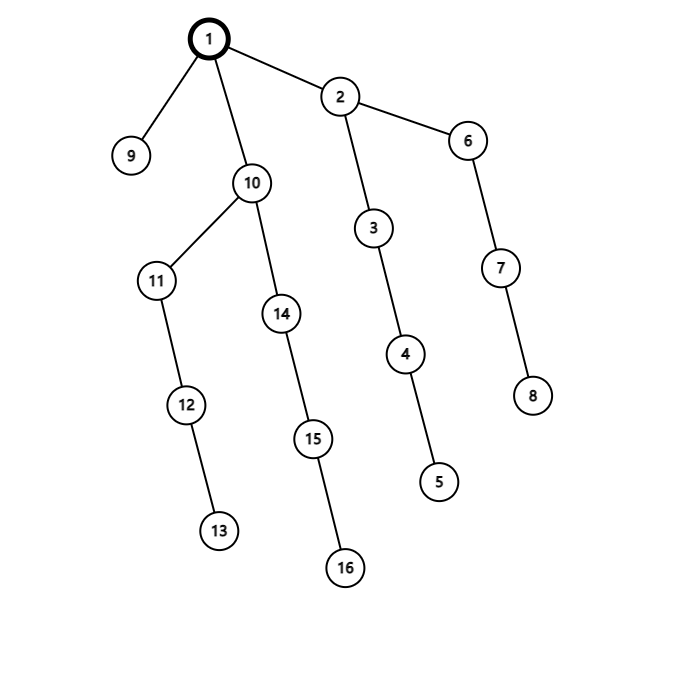1
2
3
4
5
6
7
8
9
10
11
12
13
14
15
16
17
18
19
20
21
22
23
24
25
26
27
28
29
30
31
32
33
34
35
36
37
38
39
40
41
42
43
44
45
46
47
48
49
50
51
52
53
54
55
56
57
58
59
60
61
62
63
64
65
66
67
68
69
70
71
72
73
74
75
76
77
78
79
80
81
82
83
84
85
86
87
88
89
90
91
92
93
94
95
96
97
98
99
100
101
102
103
104
| #include<iostream>
#include<cstdio>
#include<algorithm>
#define ll long long
using namespace std;
const int N=1e5+10;
template<class T>
inline void read(T &x)
{
x=0;bool f=0;
char ch=getchar();
while(ch<'0'||ch>'9'){if(ch=='-')f=1;ch=getchar();}
while(ch>='0'&&ch<='9')x=(x<<1)+(x<<3)+(ch^48),ch=getchar();
if(f)x=-x;
}
template<class T,class ...T1>
inline void read(T &x,T1 &...x1)
{
read(x),read(x1...);
}
int n;
ll ans;
int tot,head[N],ver[N<<1],ne[N<<1];
int d[N][3],l[N],t[N][3],f[N],g[N],h[N];
int res;
inline void add(int u,int v)
{
ver[++tot]=v;
ne[tot]=head[u];
head[u]=tot;
}
void dfs1(int x,int fa)
{
for(int i=head[x];i;i=ne[i])
{
int y=ver[i];
if(y==fa)continue;
dfs1(y,x);
if(d[y][0]+1>=d[x][0])
{
d[x][2]=d[x][1],t[x][2]=t[x][1];
d[x][1]=d[x][0],t[x][1]=t[x][0];
d[x][0]=d[y][0]+1,t[x][0]=y;
}
else if(d[y][0]+1>=d[x][1])
{
d[x][2]=d[x][1],t[x][2]=t[x][1];
d[x][1]=d[y][0]+1,t[x][1]=y;
}
else if(d[y][0]+1>=d[x][2])
d[x][2]=d[y][0]+1,t[x][2]=y;
f[x]=max(f[x],f[y]);
}
f[x]=max(f[x],d[x][0]+d[x][1]);
}
void dfs2(int x,int fa)
{
ans=max(ans,1ll*f[x]*max(g[x],h[x]));
for(int i=head[x];i;i=ne[i])
{
int y=ver[i];
if(y==fa)continue;
l[y]=l[x]+1;
if(t[x][0]&&t[x][0]!=y)
l[y]=max(l[x],d[x][0])+1;
else if(t[x][1])
l[y]=max(l[x],d[x][1])+1;
int res[4];
res[0]=t[x][0]!=y?d[x][0]:0;
res[1]=t[x][1]!=y?d[x][1]:0;
res[2]=t[x][2]!=y?d[x][2]:0;
res[3]=l[x];
sort(res,res+4);
g[y]=max(g[x],res[2]+res[3]);
h[y]=h[x];
dfs2(y,x);
res[0]=t[y][0]!=y?d[y][0]:0;
res[1]=t[y][1]!=y?d[y][1]:0;
res[2]=t[y][2]!=y?d[y][2]:0;
sort(res,res+3);
h[x]=max(h[x],res[1]+res[2]);
}
}
int main()
{
read(n);
for(int i=1;i<n;i++)
{
int u,v;
read(u,v);
add(u,v);
add(v,u);
}
dfs1(1,0);
dfs2(1,0);
printf("%lld\n",ans);
return 0;
}
|
